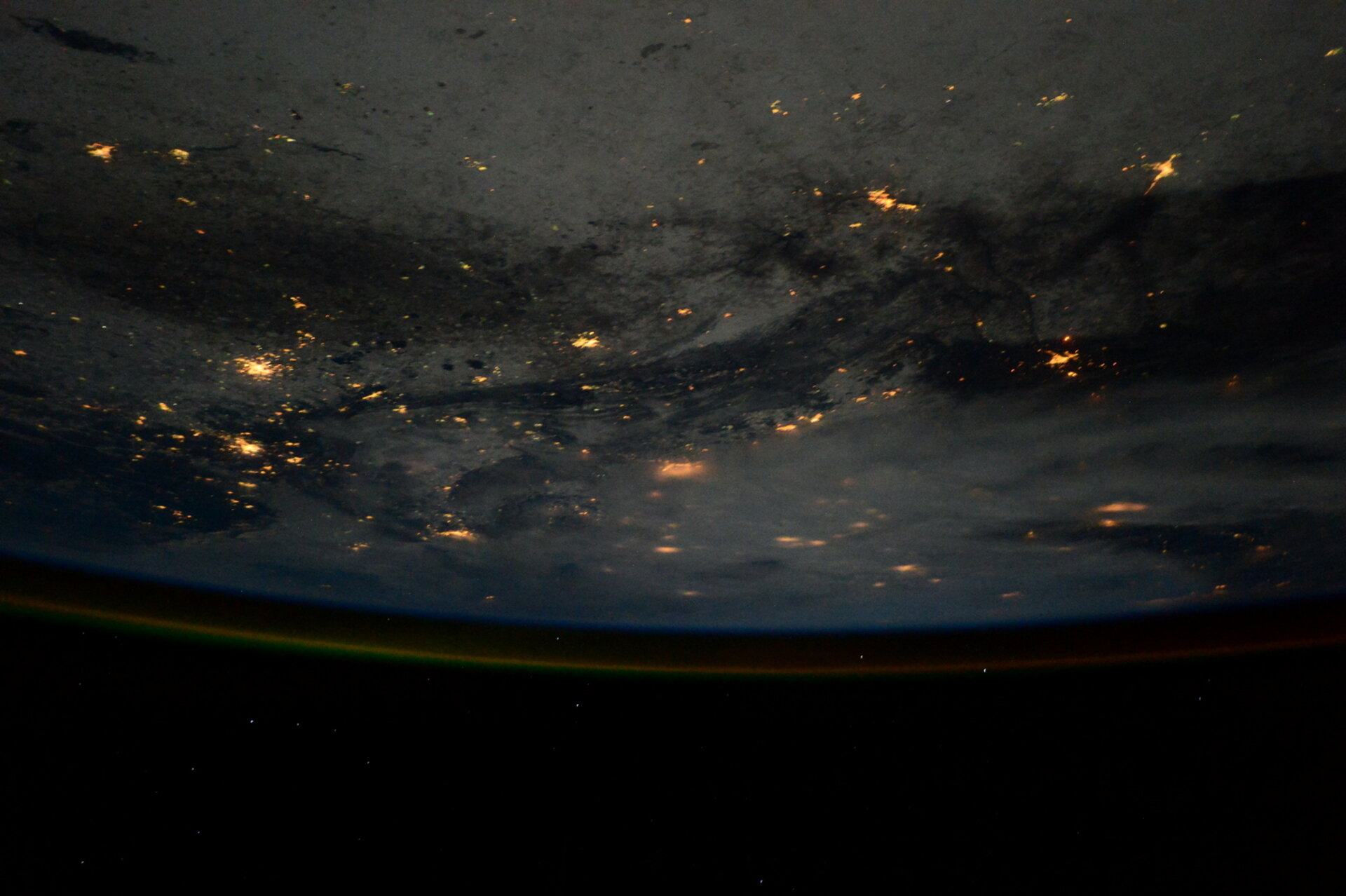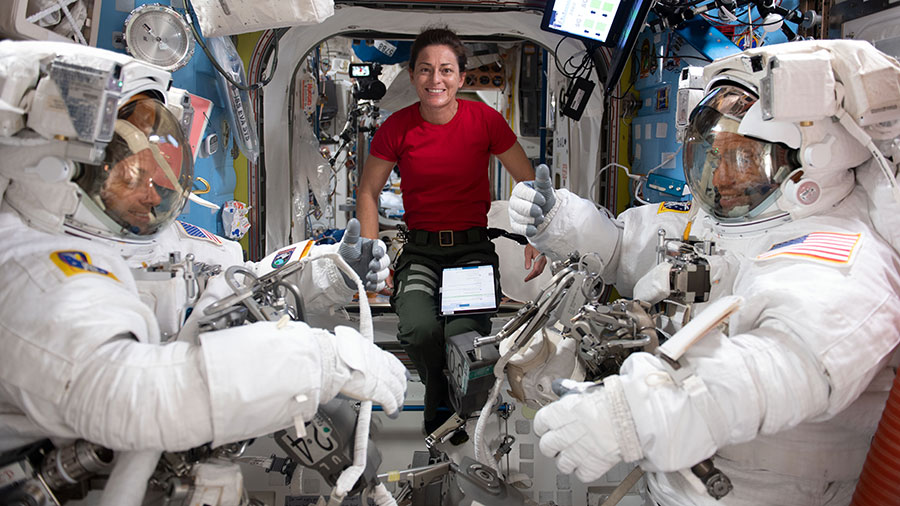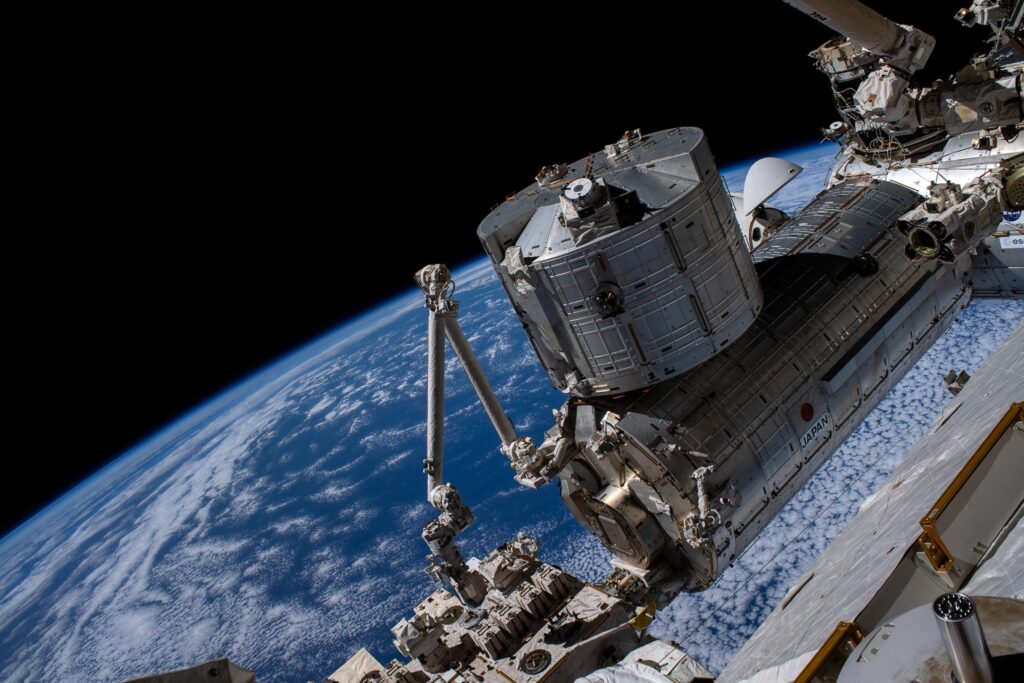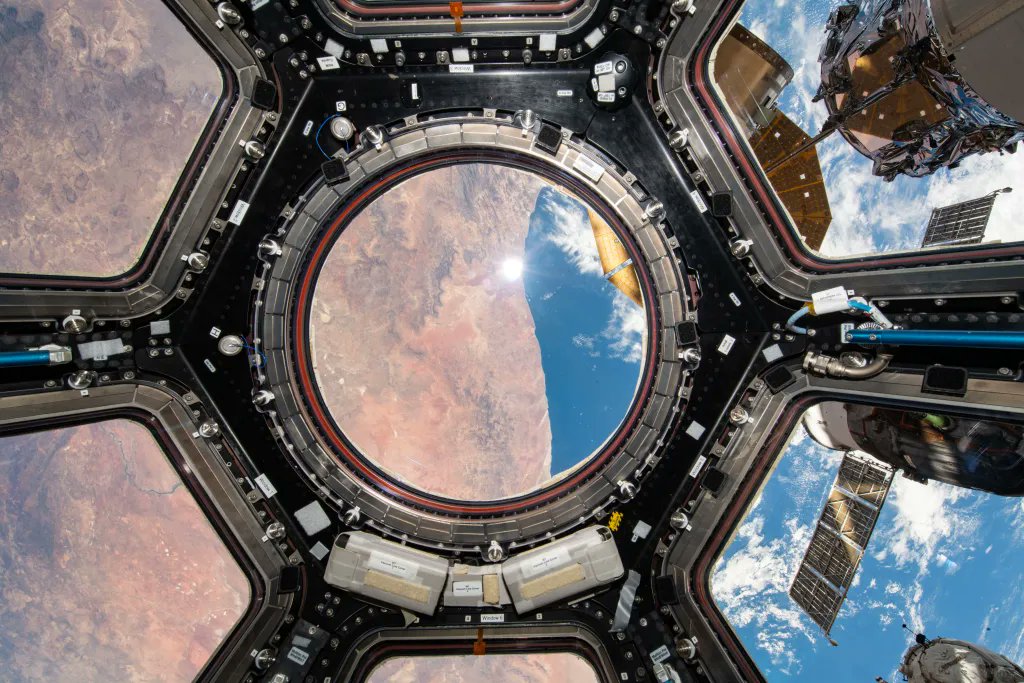
The Expedition 71 and Boeing Crew Flight Test crews had a light duty day on Wednesday, focusing on Earth observations and station upkeep.
While soaring 250 miles above our home planet, the International Space Station passes into orbital nighttime roughly every 45 minutes. During these night periods, crew members can observe events in Earth’s atmosphere that are otherwise difficult to capture during daylight. In the morning, NASA astronaut Jeanette Epps entered the cupola to set up equipment for the Thor-Davis investigation. She then used the high-speed Davis Camera to observe and capture thunderstorms in Earth’s upper atmosphere. The camera, specially designed to track electrical activity at up to 100,000 frames per second, could be used during future missions to record processes in severe electrical storms.
In the Japanese Experiment Module, NASA astronaut Tracy C. Dyson spent most of the morning relocating the Internal Ball Camera before reactivating the hardware at its new docking station. Afterward, she audited emergency medical kits and hardware.
NASA astronaut Matthew Dominick spent most of the day in the Tranquility module to remove and replace a ventilation fan, while his crewmate, Mike Barratt, worked in the Columbus module to clear out hardware and stowage in preparation for the future installation of new exercise equipment.
Starliner Commander Butch Wilmore and Pilot Suni Williams teamed up on Wednesday to continue work on the wastewater processing system, removing and replacing a failed pressure control pump motor.
In the Roscosmos segment, Commander Oleg Kononenko and Flight Engineer Nikolai Chub began the day prepping and donning a watch that will record their movement, physical activity, and sleep over the next 36 hours. The duo then prepped for some routine flight simulation training while their crewmate, Alexander Grebenkin, observed Earth’s nighttime atmosphere in near-ultraviolet.
Learn more about station activities by following the space station blog, @space_station and @ISS_Research on X, as well as the ISS Facebook and ISS Instagram accounts.
Get weekly updates from NASA Johnson Space Center at: https://roundupreads.jsc.nasa.gov/
Get the latest from NASA delivered every week. Subscribe here: www.nasa.gov/subscribe




